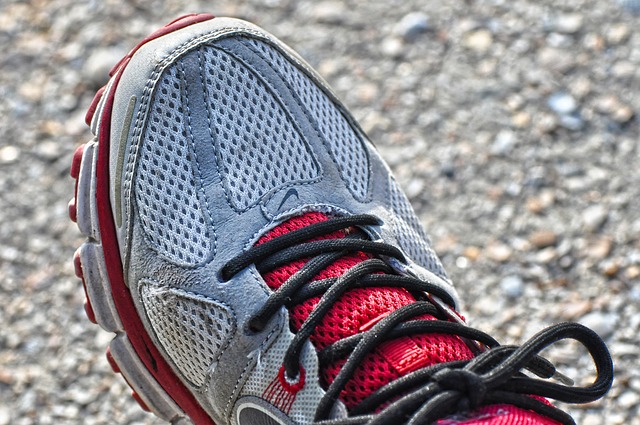Among the challenges of running is how to get your shoes dry ready for your next run if they get wet. This becomes a more likely scenario when you live in the UK of course.
How NOT to dry your running shoes
Tumble drying might be the first idea, maybe using a lower setting. From having done this years ago, I can tell you the answer is definitely no. Whilst it will work and doesn’t completely ruin the shoes, it’s certainly not going to the help the longevity as it will heat up the foam or gel in the sole and reduce the support it gives.
Using a hairdryer or small heater can work but having melted a nearly brand-new pair of Asics GT 2000 about 6 years ago, despite placing the shoes what seemed like far enough away, I can tell you it’s not worth the risk.
Radiators might be the last logical choice, but again these can damage the shoe if placed on top.
So how should you dry your running shoes?
In an ideal world where you have two different types of running shoes to help avoid imbalance development, you wouldn’t need to rush drying your shoes. It’s something I advocate, buying them in the sales from your local running store.
If that isn’t an option for you, then put a towel inside the shoe and press it into the insole and thicker parts of the inside to help dry it. Once you’ve done that, you can use a hairdryer on a cold setting to get some airflow through the other parts of the shoe, then leave them to air-dry from there.
The task of drying shoes is something that skiers are familiar with, and DrySure is something which you could use to dry your running shoes as well as it doesn’t use heat.
As with most things, to do the job properly you can’t rush it. You can still help it along though, so give these tips a go next time you end up with damp shoes, and you’ll soon be back on the road.
Written by Kyle Brooks, Running Coach based in Norwich, Norfolk

